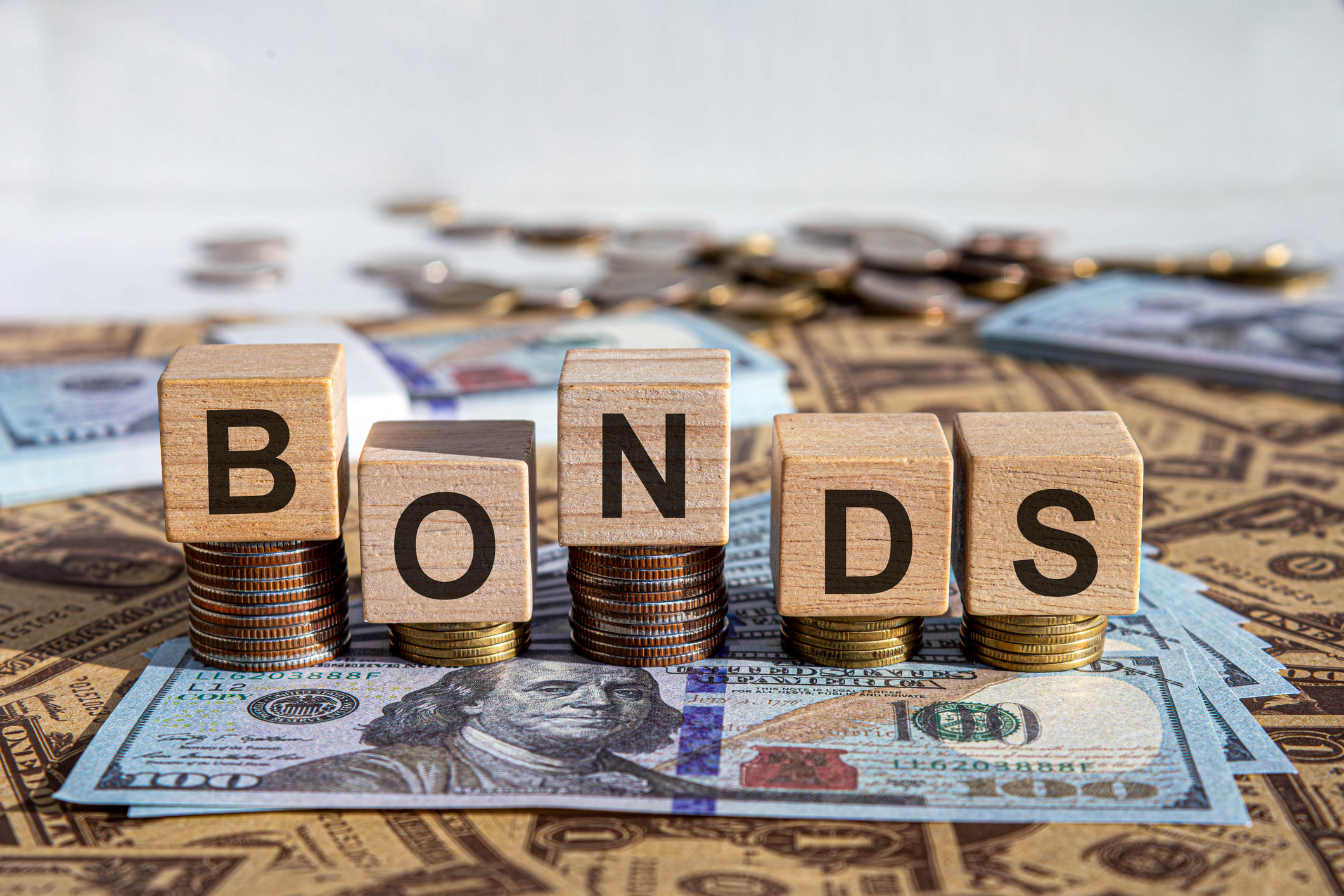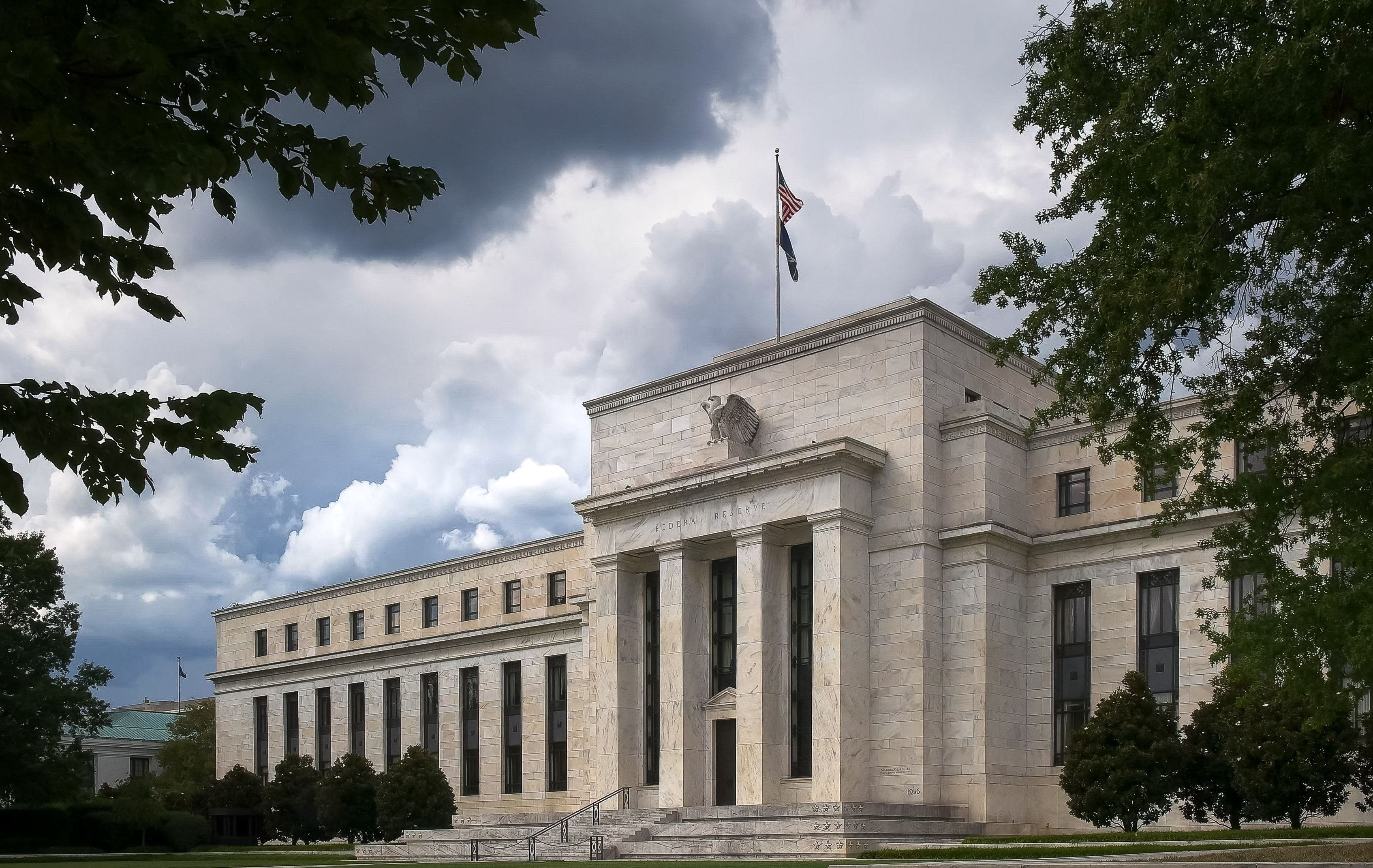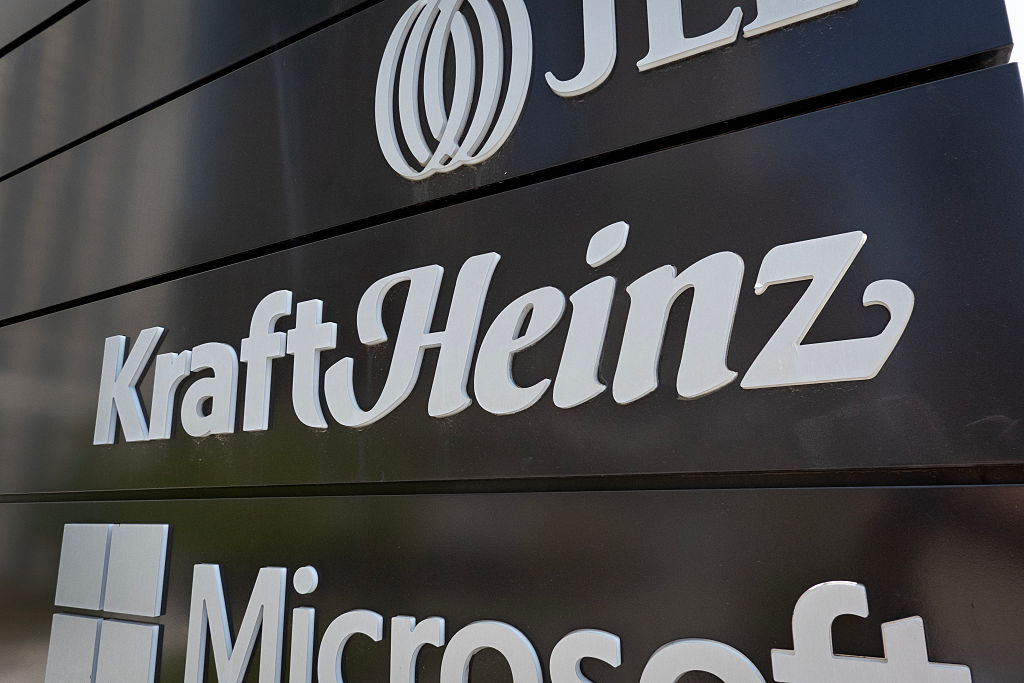A Stock-Free Portfolio
Given the goings-on in the market, we understand if you're reluctant to buy common stocks. But you can make a decent return without owning a single share.

GOLD (5%)
The yellow metal doesn't pay any income, and it's plenty volatile. But it's a good defense against inflation -- which will surely rear its head when business picks up steam -- and the likelihood of a weaker dollar down the road. With iShares Comex Gold Trust (symbol IAU), you can track the price of gold without having to buy the stuff and store it. It recently traded at $90 per share.
CASH (25%)
From just $107.88 $24.99 for Kiplinger Personal Finance
Become a smarter, better informed investor. Subscribe from just $107.88 $24.99, plus get up to 4 Special Issues

Sign up for Kiplinger’s Free Newsletters
Profit and prosper with the best of expert advice on investing, taxes, retirement, personal finance and more - straight to your e-mail.
Profit and prosper with the best of expert advice - straight to your e-mail.
With yields generally at less than 1%, cash is trash nowadays. But you won't lose money on your cash investments, and their yields will pick up when the economy recovers and the Federal Reserve begins to lift short-term interest rates. (For ideas on how to invest your no-risk money, see Where to Stash Your Cash Now.)
PREFERRED SHARES OF REAL ESTATE INVESTMENT TRUSTS (15%)
REIT preferreds, like REIT common stocks, have been clobbered this year. As a result, they are delivering extraordinarily high yields. For instance, preferred shares of both Alexandria Real Estate Equities and Corporate Office Properties trust recently yielded 11%, and a Duke Realty preferred yielded 14% (for more suggestions, see A Real Estate Play That Pays).
TAX-FREE-INCOME (15%)
Although interest from municipal bonds is generally exempt from federal income tax, many high-quality munis are yielding far more than Treasuries of like maturity. Some AAA-rated tax-free bonds to consider: Puerto Rico 5.5% general-obligation bond due in 2019. Yields 4.7% to maturity. New Jersey 5.25% transportation bond due in 2022. Yields 4.0% to maturity. University of Texas 5.25% revenue bond due in 2022. Yields 4.0% to maturity.
ENERGY (15%)
Thanks to the recession, oil and natural-gas prices have plunged. But those prices have fallen too far and will almost certainly rise when global economies recover. Two exchange-traded funds -- U.S. Oil Trust (USO) and U.S. Natural Gas Fund (UNG) -- follow these commodities and will appreciate when oil and gas turn up.
BLUE-SHIP IOUS (15%)
These days, high-quality corporate bonds sport unusually generous yields (see Best Buys in Bonds. We found a few that pay well, can't be called before maturity and aren't issued by financial firms: Wal-Mart 5.875% bond due in 2027. Yields 5.6% to maturity. Rated AA by Standard & Poor's. Eli Lilly 7.125% bond due in 2025. Yields 5.4% to maturity. Rated AA. Northern States Power 7.125% bond due in 2025. Yields 6.2% to maturity. Rated A.
HIGH-YIELD CORPORATE BONDS (10%)
Yes, junk bonds are speculative, but they're yielding gazillions more than Treasury securities of the same maturity. That's a risk worth taking with a small portion of your money. Funds are the best way to buy junk bonds. Good choices: Payden High Income (PYHRX), recently yielding 10%, and Vanguard High Yield Corporate (VWEHX), also yielding 10%.
Profit and prosper with the best of Kiplinger's advice on investing, taxes, retirement, personal finance and much more. Delivered daily. Enter your email in the box and click Sign Me Up.

Kosnett is the editor of Kiplinger Investing for Income and writes the "Cash in Hand" column for Kiplinger Personal Finance. He is an income-investing expert who covers bonds, real estate investment trusts, oil and gas income deals, dividend stocks and anything else that pays interest and dividends. He joined Kiplinger in 1981 after six years in newspapers, including the Baltimore Sun. He is a 1976 journalism graduate from the Medill School at Northwestern University and completed an executive program at the Carnegie-Mellon University business school in 1978.
-
 Changes Are Coming for This Invesco Bond Fund
Changes Are Coming for This Invesco Bond FundThe Invesco BulletShares 2026 Corporate Bond ETF's bonds will mature in 2026. Here's what investors should do.
-
 What Science Reveals About Money and a Happy Retirement
What Science Reveals About Money and a Happy RetirementWhether you’re still planning or already retired, these research-based insights point the way to your best post-work life.
-
 7 Retirement Planning Trends: What They Mean for You in 2026
7 Retirement Planning Trends: What They Mean for You in 2026From government shutdowns to market swings, the past 12 months have been nothing if not eventful. The key trends can help you improve your own financial plan.
-
 What the Rich Know About Investing That You Don't
What the Rich Know About Investing That You Don'tPeople like Warren Buffett become people like Warren Buffett by following basic rules and being disciplined. Here's how to accumulate real wealth.
-
 How to Invest for Rising Data Integrity Risk
How to Invest for Rising Data Integrity RiskAmid a broad assault on venerable institutions, President Trump has targeted agencies responsible for data critical to markets. How should investors respond?
-
 What Tariffs Mean for Your Sector Exposure
What Tariffs Mean for Your Sector ExposureNew, higher and changing tariffs will ripple through the economy and into share prices for many quarters to come.
-
 How to Invest for Fall Rate Cuts by the Fed
How to Invest for Fall Rate Cuts by the FedThe probability the Fed cuts interest rates by 25 basis points in October is now greater than 90%.
-
 Are Buffett and Berkshire About to Bail on Kraft Heinz Stock?
Are Buffett and Berkshire About to Bail on Kraft Heinz Stock?Warren Buffett and Berkshire Hathaway own a lot of Kraft Heinz stock, so what happens when they decide to sell KHC?
-
 How the Stock Market Performed in the First 6 Months of Trump's Second Term
How the Stock Market Performed in the First 6 Months of Trump's Second TermSix months after President Donald Trump's inauguration, take a look at how the stock market has performed.
-
 Fed Leaves Rates Unchanged: What the Experts Are Saying
Fed Leaves Rates Unchanged: What the Experts Are SayingFederal Reserve As widely expected, the Federal Open Market Committee took a 'wait-and-see' approach toward borrowing costs.
-
 Fed Sees Fewer Rate Cuts in 2025: What the Experts Are Saying
Fed Sees Fewer Rate Cuts in 2025: What the Experts Are SayingFederal Reserve The Federal Reserve cut interest rates as expected, but the future path of borrowing costs became more opaque.